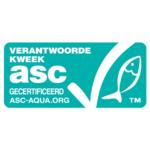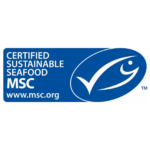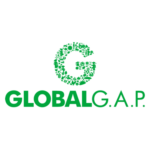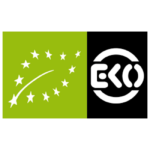Smelt
Skagerrak, Kattegat, Sound, Belt, Baltic Sea (FAO 27)
Deelgebieden: Baltic Sea, west of Bornholm
Gillnets
- Jan
- Feb
- Mar
- Apr
- May
- Jun
- Jul
- Aug
- Sep
- Oct
- Nov
- Dec
There are many species that belong to the Salmonids or (Protacanthopterygii). Did you know trouts, smelts, and even pikes belong to the Salmon family? Salmonids occur in either salt and freshwater. Most species are well-specialized predators and live in temperate climate zones. Salmonids are ray-finned fishes and can be distinguished by the ‘fat-fin’ between the backfin and tail. They do not have spikes and the pelvic and pectoral fin are separated.
Salmonids are sold farmed and wildcaught. Wildcaught salmon comes from the Pacific. Almost all Atlantic salmon on sold is farmed. Since the 90s the farming of salmon increased dramatically. Norway, chile, Scotland, Canada and the Faroe islands are important farming countries for salmon. In both, wild-caught and farmed salmon problems in sustainability are prevalent.
Smelt (Osmerus eperlanus) belongs to the salmonid family (Salmonidae) and has an elongated body with silver flanks and a relatively large upper beak with teeth. Juveniles are almost transparent. Between the caudal and dorsal fin is an adipose fin. Smelt has a characteristic smell of cucumber. Smelts that live exclusively in fresh water usually grow to about 15 centimeters, while the sea-dwelling smelt can grow up to 45 centimeters. In the Netherlands, smelt is nowadays a fairly rare species in fresh water, its now more commonly found in salt water. In the past, the smelt spawned in huge numbers upstream of the estuaries Haringvliet and Zuiderzee and was then considered an important consumption fish.
Skagerrak, Kattegat, Sound, Belt, Baltic Sea (FAO 27)
Deelgebieden: Baltic Sea, west of Bornholm
Gillnets
Skagerrak, Kattegat, Sound, Belt, Baltic Sea (FAO 27)
Deelgebieden: Baltic Sea, west of Bornholm
Purse seines

Fish with the ASC label is farmed in a sustainable manner.

Fish with the MSC label is caught sustainably.
This fish is not being overfished or is being responsibly farmed, with minimal impact on the environment.
This fish is a second choice. There are still some improvements to be made in this fishery or fish farm.
Do not buy this fish. It's being overfished or the way it's farmed or caught has a negative impact on the environment.

There is fish available of this species that is farmed or caught using high welfare standards.

GlobalG.A.P. certified farms are doing a step in the right direction in terms of sustainability. A few species with this label are getting a better score on the VISwijzer.

Organic standards are the strictest when it comes to fish feed. They also require certain measures for animal well-being.